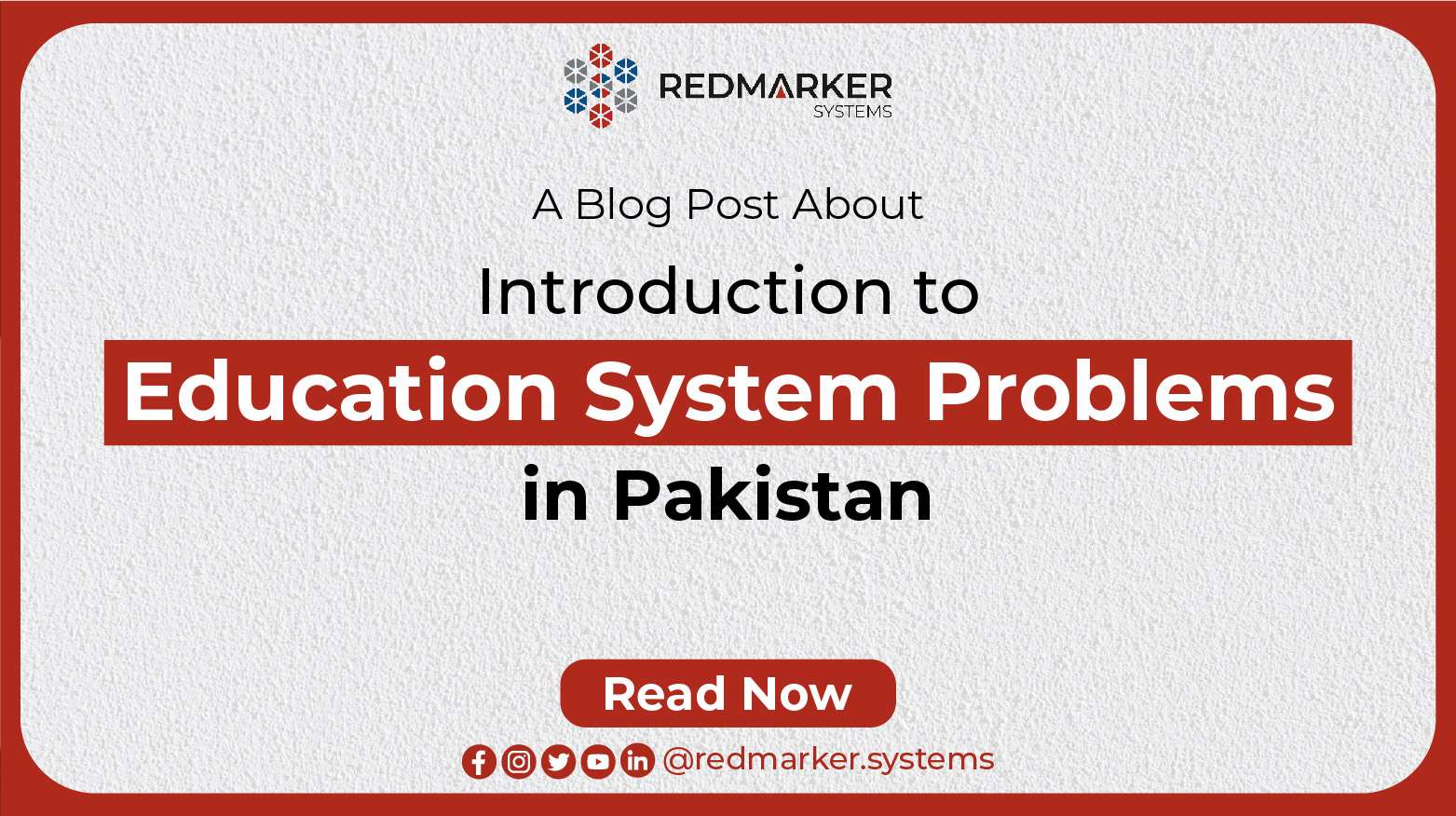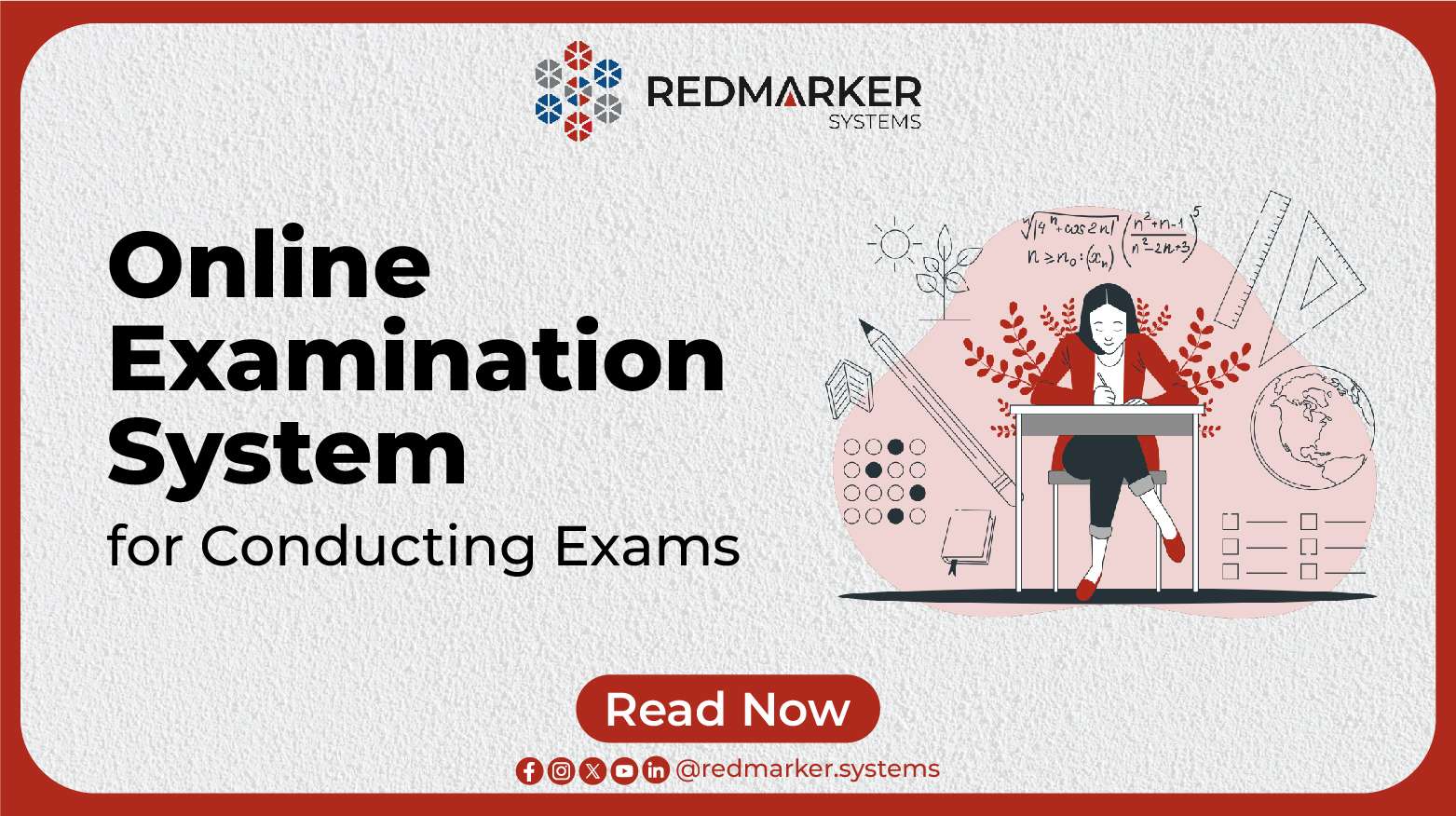Education is often considered the cornerstone of a nation’s progress and development. In the case of Pakistan, however, there are numerous challenges that hinder its education system from realizing its full potential. In this article, we will delve into the multifaceted education problems in Pakistan, examining issues related to access, quality, socio-economic factors, government initiatives, and the challenges that persist.
Understanding the Education Problems in Pakistan
Introduction to the State of Education
Pakistan, a nation with a rich cultural heritage and a diverse population, grapples with significant challenges in its education sector. While strides have been made over the years, there are still pressing issues that need to be addressed.
The education system in Pakistan faces immense hurdles, hindering its ability to provide quality education to all. In this article, we will explore the various aspects of these challenges and discuss potential solutions.
Historical Perspective on Education
To understand the current state of education in Pakistan, it’s essential to look at the historical context. The evolution of the education system and its challenges provide valuable insights.
Throughout its history, Pakistan has encountered a range of educational challenges, from colonial-era policies that neglected the local population’s needs to the ongoing struggle for educational equity. Examining this history can shed light on the root causes of the current issues.
Key Statistics Highlighting the Issues
Before delving into the specific problems, let’s take a moment to examine some key statistics that underscore the urgency of addressing education problems in Pakistan.
- Approximately 22.8 million children in Pakistan are out of school, according to a recent report by the Pakistan Education Statistics. This staggering number highlights the massive gap in access to education.
- The literacy rate in Pakistan is below the global average, with a significant gender disparity. While the male literacy rate stands at 70%, the female literacy rate lags behind at just 49%.
- Pakistan allocates a relatively low percentage of its GDP to education, leading to underfunded schools and inadequate resources.
Access to Education in Pakistan
Lack of Infrastructure and Facilities
One of the most glaring issues in Pakistan’s education system is the lack of adequate infrastructure and facilities in many regions. This impedes students’ access to quality education.
In rural areas, many schools lack proper buildings, electricity, and clean drinking water. The absence of these basic amenities makes it challenging for children, especially girls, to attend school regularly. Additionally, long commutes to distant schools can discourage parents from sending their children to get an education.
Gender Disparity in Access
Gender disparity in access to education remains a significant concern. Girls often face barriers to attending school, which perpetuates inequality.
Deep-rooted cultural norms and traditions sometimes discourage families from sending their daughters to school. Early marriages and societal expectations limit girls’ opportunities to pursue an education. Addressing gender disparity is crucial for achieving universal education in Pakistan.
Rural vs. Urban Education Divide
The divide between rural and urban areas when it comes to education is stark. Urban centers tend to have better educational resources and opportunities, leaving rural areas disadvantaged.
In cities, there is generally better access to schools with trained teachers, libraries, and extracurricular activities. In contrast, rural areas often lack these educational amenities, making it challenging for students in these regions to compete on an equal footing.
Quality of Education in Pakistan
Outdated Curriculum and Teaching Methods
The curriculum and teaching methods in Pakistan have been criticized for being outdated and failing to prepare students for the modern world.
The curriculum in many Pakistani schools is heavily focused on rote memorization, which hampers critical thinking and problem-solving skills. Modernizing the curriculum to emphasize practical skills and critical thinking is essential for preparing students for the challenges of the 21st century.
Teacher Quality and Training
The quality of teachers and their training play a pivotal role in the education system. In Pakistan, there are concerns about the competency of educators.
Many teachers in Pakistan lack proper training and are not adequately equipped to engage students and deliver quality education. Addressing teacher training and professional development is crucial for improving the overall quality of education.
Examination System Flaws
The examination system in Pakistan has its flaws, including a heavy focus on rote learning and memorization, which may not foster critical thinking and problem-solving skills.
Exams in Pakistan often prioritize rote memorization over a deep understanding of the subject matter. This approach discourages creative thinking and innovation. A reformed examination system that evaluates students’ analytical and problem-solving abilities is needed.
Socio-Economic Factors of Pakistan
Poverty’s Impact on Education
Poverty is a significant impediment to education in Pakistan. Families struggling to make ends meet often cannot afford to send their children to school.
Many families in Pakistan prioritize putting food on the table over sending their children to school. This economic pressure forces many children into child labor to contribute to their family’s income. Breaking this cycle of poverty and education deprivation is a complex challenge.
Child Labor and Dropout Rates
Child labor remains a prevalent issue in Pakistan, leading to high dropout rates as children are forced to work instead of attending school.
Child labor perpetuates a vicious cycle of illiteracy and poverty. Many children are forced to work in hazardous conditions, sacrificing their education and future prospects. Eradicating child labor is essential for improving access to education.
Cultural Barriers to Education
Cultural norms and traditions in some parts of Pakistan can hinder girls’ education, perpetuating gender disparities.
In certain regions, traditional beliefs and customs limit girls’ opportunities for education. Challenging these cultural barriers and promoting the importance of girls’ education is crucial for achieving gender equality in the education system.
Government Initiatives and Challenges in Education
Government Policies and Reforms
The Pakistani government has launched various policies and reforms to address education problems, but challenges in implementation persist.
Over the years, the government has introduced policies such as the National Education Policy and initiatives aimed at increasing access to education. However, translating these policies into tangible improvements on the ground has proven to be a significant challenge.
Challenges in Implementation
Implementing reforms in a diverse and resource-constrained country like Pakistan is no small task. There are logistical and bureaucratic challenges to overcome.
Efforts to improve education are often hindered by bureaucratic red tape, corruption, and a lack of accountability. Addressing these implementation challenges is essential for ensuring that government policies translate into meaningful changes in the education system.
The Role of Non-Governmental Organizations (NGOs)
Non-governmental organizations have played a vital role in supplementing government efforts and improving access to education, especially in underserved areas.
NGOs like The Citizens Foundation (TCF) and Teach for Pakistan have made significant contributions to education in Pakistan. They establish schools in remote areas, provide educational resources, and address specific educational needs of disadvantaged communities.
Conclusion
The education problems in Pakistan are complex and multifaceted, encompassing issues of access, quality, socio-economic factors, and governance. While there have been positive developments and government initiatives, there is still much work to be done to ensure that every child in Pakistan has access to quality education.
FAQs (Frequently Asked Questions) about Education System Problems in Pakistan
Why is gender disparity in education such a significant issue in Pakistan?
Gender disparity in Pakistan’s education system is a complex issue influenced by cultural norms, poverty, and limited access to resources. These factors often restrict girls’ opportunities to attend school and receive a quality education.
What are some successful government initiatives aimed at improving education in Pakistan?
The Pakistani government has introduced initiatives like the National Education Policy and various education reforms. While these policies aim to enhance education, implementation challenges persist.
How can non-governmental organizations contribute to improving education in Pakistan?
NGOs play a crucial role in supplementing government efforts by establishing schools in remote areas, providing educational resources, and addressing specific educational needs of disadvantaged communities.
What steps can be taken to modernize Pakistan’s education curriculum?
To modernize the curriculum, educational authorities can focus on updating content to reflect current knowledge and global trends, promoting critical thinking and problem-solving, and incorporating digital learning resources.
What can individuals do to support education in Pakistan?
Individuals can contribute by volunteering with educational NGOs, donating to causes supporting education, and advocating for policies that prioritize quality and accessible education for all children in Pakistan.



